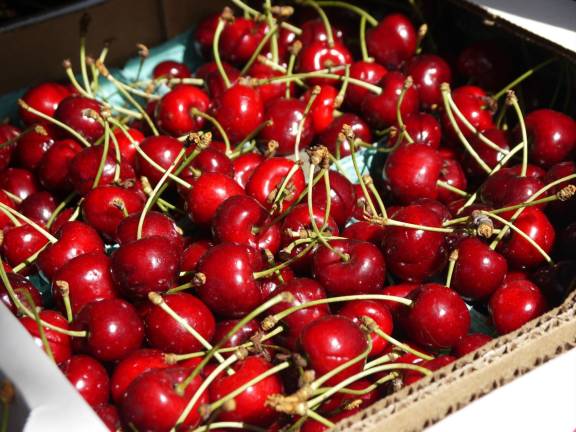Turning Down the Heat of Inflammation
How diet can help control the damage to joints, hearts and lungs

Stub your toe, snag a splinter on your thumb, bump your head, and your body goes on high alert. “Mediator hormones” rush to dilate small vessels so more blood flows to the site, bringing with it red blood cells that darken the skin and white blood cells called monocytes which capture and eliminate potential invaders. Barring infection, this inflammatory response controls the damage, and soon all is well.
Unless it isn’t. Not every injury is visible and temporary. As Memorial Sloan Kettering immunologists Chao Shi and Eric G. Pamer explain, the monocytes which clean up the site of your stubbed toe, splintered thumb, or bumped head are doubleedged. Inside, where you can’t see it happening, an inflammation may turn chronic, morphing into an inflammatory condition such as arthritis, heart disease, type 2 diabetes, psoriasis, or asthma which can last for years or even an entire lifetime.
To ameliorate the situation, doctors often prescribe steroids such as prednisone or nonsteroidal antiinflammatory drugs (aka NSAIDS) such as aspirin or ibuprofen. But the New Big News is diet.
Lift your fork to your mouth, swallow, and the food slides down your throat to your stomach and intestinal tract where enzymes convert the digestible parts to glucose, the sugar on which your body runs. If you don’t need energy right away, insulin released by your pancreas carts the excess glucose into fat cells that plump up your love handles and belly. Between meals, your insulin levels decline; don’t sneak a snack, and your fat cells will release some of the energy they’ve stored.
Three years ago, researchers at the University of Alabama, Birmingham published the results of a small 11person study of “early time restricted feeding.” The subjects, all overweight, consumed a full day’s calories. But they ate only between the hours of 8 in the morning and 2 in the afternoon, a regimen known as intermittent fasting. The results? Insulin levels fell, some subjects lost weight, but to everyone’s surprise, nobody reported feeling hungry.
This summer, Miriam Merad, Director of the Precision Immunology Institute at Mt. Sinai‘s Icahn School of Medicine, reported that intermittent fasting appears to reduce chronic inflammation. Working with both human and mouse cells, Merad found that going without food for a defined and limited period of time appears to reduce the release of those doubleedged monocytes. Given the long list of inflammatory conditions, Mt Sinai postdoctoral oncology fellow Stefan Jordan notes there is “an enormous potential in investigating the antiinflammatory effects of fasting.”
Full stop: He means controlled fasting, not extreme fasting, otherwise known as starvation. Yes, political prisoners and religious zealots are reported to have survived for as long as 60 days without food, and anorexics, who voluntarily starve themselves, may last longer. But the body is eminently pragmatic. Without adequate food, it will eventually begin to digest its own muscle tissue including the most important muscle of all, the heart.
Surprise! There’s definitely a diet that may protect that muscle and your joints and lungs and other body parts against inflammation. Actually, no surprise: It’s pretty much the same Mediterranean Diet which US News & World Report once again this year ranked #1 on its list of Best Diets Overall. Last year, researchers at Australia’s La Trobe University reported that eating Mediterranean reduced bronchial inflammation in children with asthma. The Arthritis Foundation endorses it for people with inflamed joints, and the American Heart Association says, “Yes but cut back a bit on the fats.”